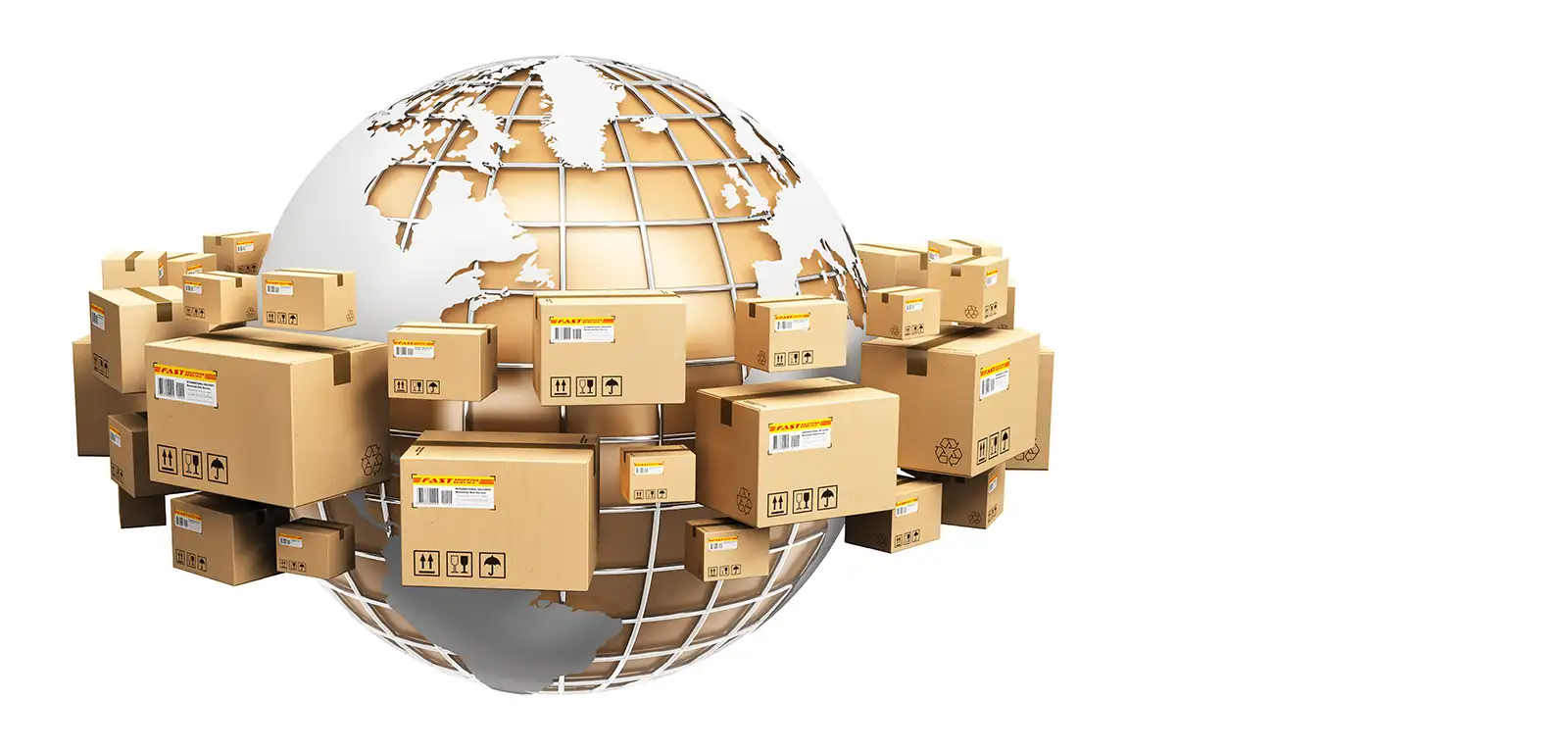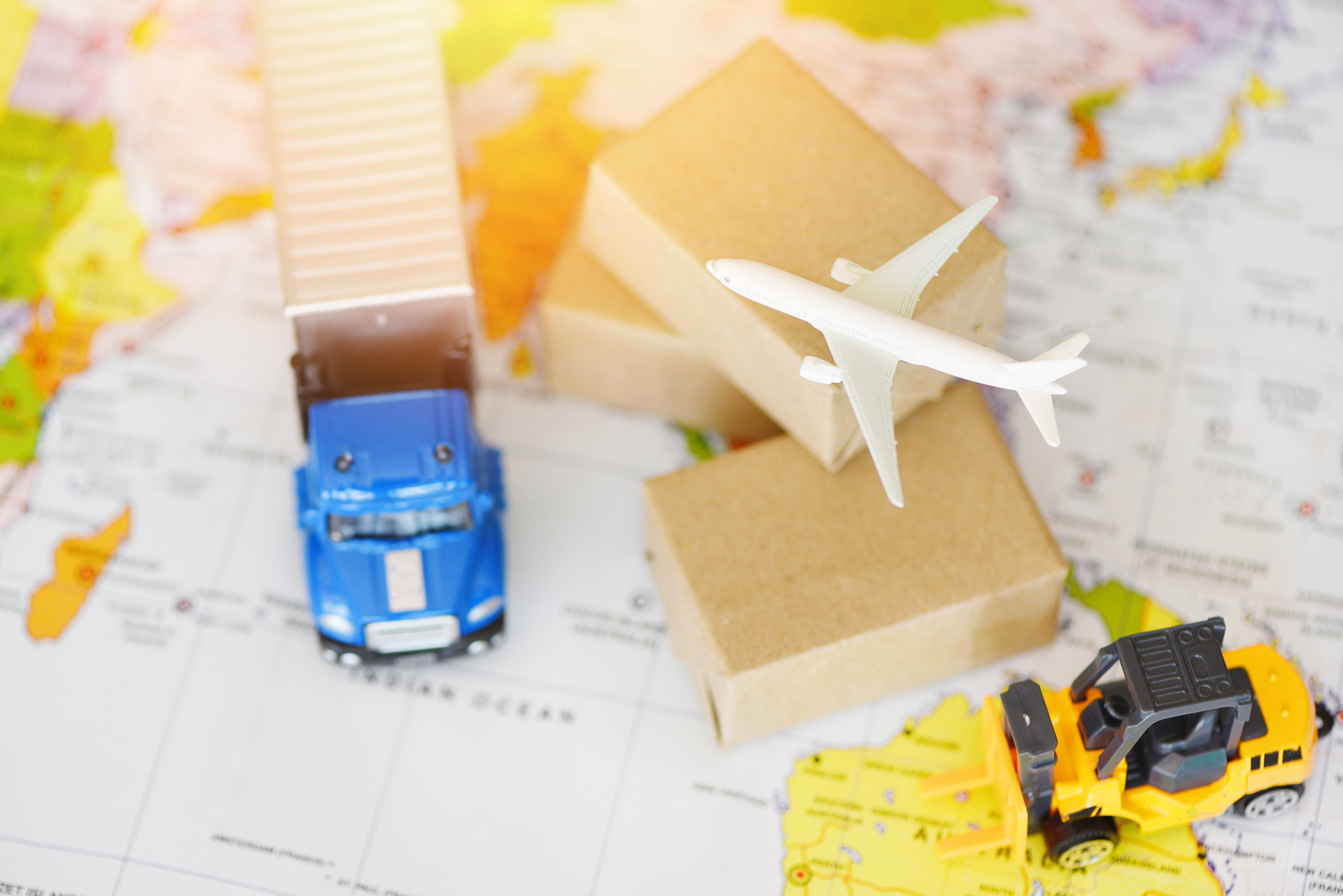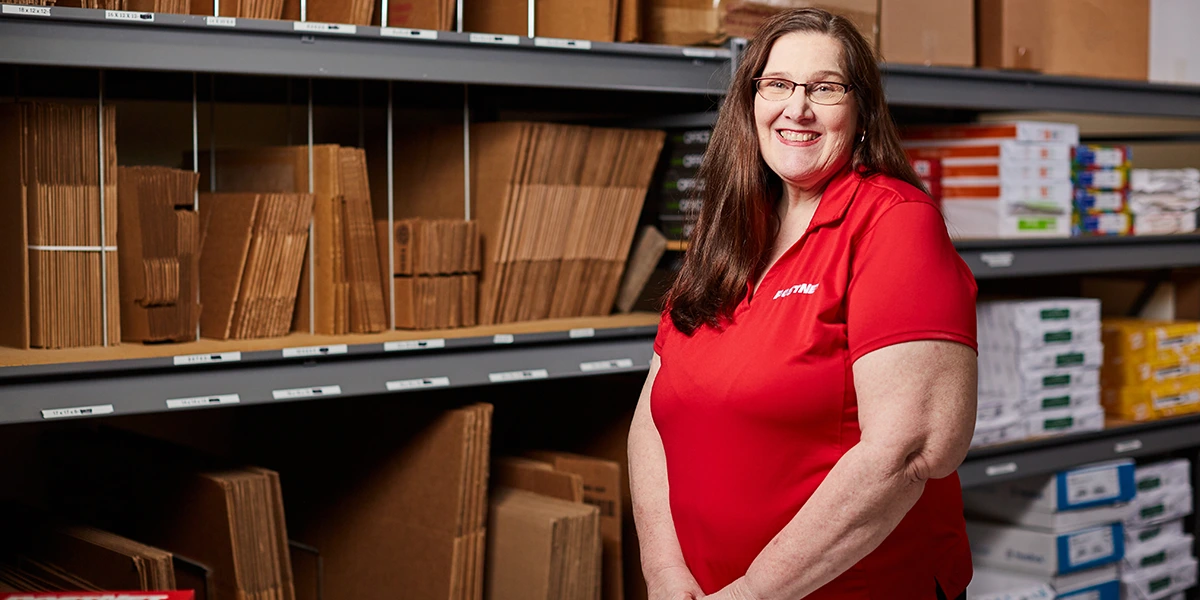May 12, 2023
International Shipping: New Regulations and What They Mean For You


International shipping is usually a little more complex than shipping a package within Canada. There may be duties, taxes, or forms you need to account for when sending your package overseas. In early 2023, new regulations were implemented that impact shipping through the European Union (EU). If you want your package to be delivered successfully, you’ll want to stay on top of these changes and ensure you’re following the latest guidelines.
As of March 1, 2023 the EU has implemented the second phase of its large-scale information system, called Import Control System 2 (ICS2). These regulations are intended to enhance the safety and security at customs in regulated areas, including:
All goods being shipped into or transported through these areas by air are subject to the new ICS2 regulations. Before you prepare to ship, here’s what you should know.
The EU’s Import Control System 2 is an electronic security screening system for all goods transported to or through participating European countries. The system requires air carriers, couriers, and postal operators to provide information about their cargo before it arrives at the EU border. In order to comply, these package carriers will need to collect information from their customers who are shipping packages overseas.
ICS2 regulations apply to all sorts of shipping customers, including:
The regulations for ICS2 were put in place to enhance security at EU customs. The system helps customs agents to identify potential threats sooner, mitigate risk, and intervene appropriately without disrupting the overall supply chain.
There are three planned releases for ICS2. These will ultimately standardize cargo information screening for all economic operators:
In short, ICS2 regulations will apply to any package being transported to the EU, regardless of its mode of transportation—air, sea, or land.
The new ICS2 regulations will require a specific set of information in order to clear each package. These requirements will apply to all goods (not documents), no matter their value.
Shipping customers will need to provide:
The following counties follow ICS2 regulations:
It’s also important to note that the ICS2 regulations do not only apply to goods being shipped to and received by a person or organization in the EU. If the shipment is passing through the EU en route to its final destination, it will still be subject to these requirements.
If a shipment does not comply with ICS2 regulations, it’s possible that it will be refused at the EU border and potentially returned. This not only means your package won’t be delivered; it also enhances the risk of the package being lost, stolen, or damaged in transit.
If you’re planning to ship a package internationally, it’s important to be prepared before you send your package off. The carrier you’re shipping through will request the data they’re required to provide based on ICS2 regulations.
As you fill out your customs forms, include an accurate and detailed description of every item in the package. It’s best to include information such as:
The descriptions should use plain language and make it easy for customs authorities to identify your items.
You can find HS codes for goods online. If you’re not sure which HS codes will apply to the items in your package, ask for help from your shipping provider. Most carriers have a database that makes it easy to identify the correct code for your customs forms.
You’ll want to provide this information for any international shipment—even if your package is not bound for the EU. This is because some shipments will pass through the EU in transit, without your knowledge. It’s better to plan ahead and ensure your package complies with ICS2 ahead of time so it’s not stopped at the border.
By following the new ICS2 regulations, you can ensure your package is shipped correctly and as quickly as possible, with little risk of loss or delay.
Sound confusing? There’s no need to stress! Your local PostNet center can help you prepare for international shipping. We’ll walk you through the process step by step to make sure you have the proper forms, descriptions, HS codes, and taxes ready for shipment.
Looking for additional information and frequently asked questions about international shipping? Check out our blog post and learn how to ship internationally with PostNet.


